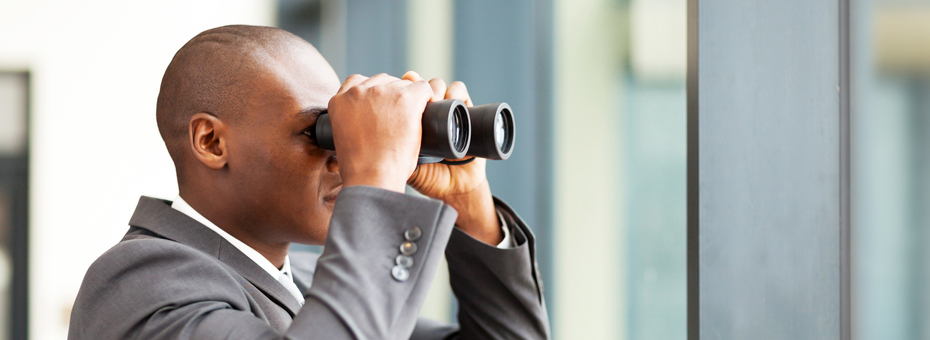“Accuracy of observation is the equivalent of accuracy of thinking.” – Wallace Stevens
Observation, my mentor once told me, is the foundation of kaizen. In the 16 years since that discussion I’ve come to appreciate how much wisdom there was in that simple statement. Likewise, if you look in the books and literature on Lean there is an undeniable emphasis ongoing to the gemba and observing first-hand. Sounds simple, right? Maybe not.
In 2002 I was working at a major tier-1 automotive supplier when our senior vice president (of almost everything) came to me with the question, “What should I be looking for when I go to the gemba?” The good news is this person–let’s call him John – would go to the gemba. As a former operations guy he arrived at the headquarters building around 6:00 am on the mornings he was in town, yet spent a majority of his time at our 200+ “gembas” around the world.
The bad news was, if my team didn’t answer this question carefully, we could create a check-list mentality. If your operation had everything on the list, it was Lean; if something was missing, it wasn’t. Nevertheless, John had asked a very good question, “What should I be looking for when I go to the gemba?”
As human beings, our tendency towards selective attention is well documented. Many of you have seen the video of this classic selective attention experiment from 1999 involving basketball players. Without revealing too much, the experiment shows we can be heavily influenced to see what we are primed to see. If you believe Lean is U-shaped cells, then U-shaped cells or the lack of them is what you’ll notice. If you think Lean is 5s, again, the state of the gemba’s 5s is what you’ll notice.
So, back to John. We have a senior leader who wants to support the organization’s lean transformation. He knows this involves him going to the gemba and observing. Give John a specific list of things to look for and you may bias him to see only items on the checklist. Provide John with little or no direction and you run the risk of some outside force, last night’s showing of Under Cover Boss for example, biasing what he sees.
Let’s bring this closer to home. Forget about John, that was 12 years ago. The point is, if John’s observations can be biased, so can yours. We all require expectations to help us “see”.
When walking your gemba, what do you look for? It shouldn’t be a list of tools. In 1998 Learning to See taught us that there is more to Lean than tools. The tools comprise a system and even deeper, there is a way of thinking behind that system. Can you articulate your expectations in terms of the thinking behind a holistic system? Think about it. This is a healthy exercise before you observe your next gemba.






